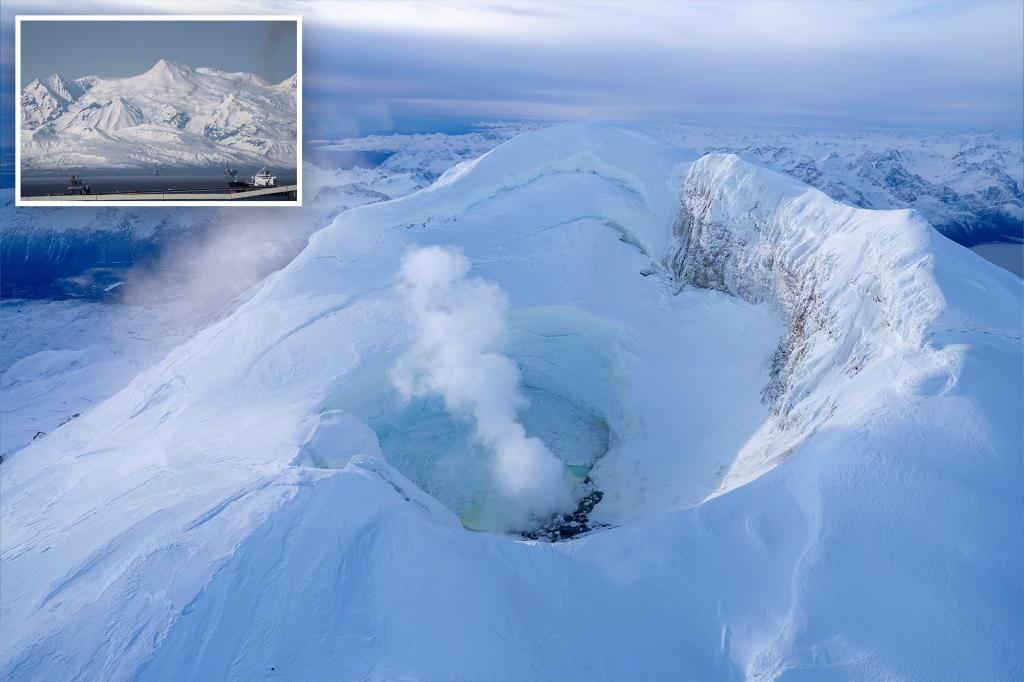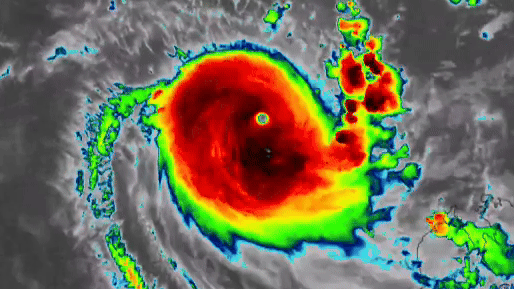Witness the Fury: Kanlaon Volcano’s Eruption Captured in Stunning Timelapse
On June 3, 2024, the restless Kanlaon Volcano in the Philippines unleashed a dramatic eruption, sending plumes of ash and steam 5 kilometers into the sky. A breathtaking timelapse video captured the event, revealing the volcano’s raw power as lava flows illuminated the night and volcanic lightning crackled through the ash clouds. The eruption forced thousands to evacuate while providing scientists with valuable data about this active stratovolcano’s behavior.
The Eruption Event: Nature’s Spectacular Display
The timelapse footage, compiled from 36 hours of continuous monitoring, shows Kanlaon’s transformation from a smoldering peak to an explosive force of nature. The video reveals:
- Initial steam emissions at 6:15 PM local time
- A rapid escalation to explosive eruptions by 8:30 PM
- Lava fountains reaching 500 meters high
- Pyroclastic density currents flowing down northern slopes
“What makes this eruption particularly noteworthy is the perfect synchronization of multiple volcanic phenomena,” explains Dr. Maria Santos, a volcanologist at the Philippine Institute of Volcanology and Seismology (PHIVOLCS). “The timelapse captures rare volcanic lightning within the ash column—a phenomenon that occurs in less than 30% of major eruptions.”
Scientific Significance of the Eruption
Kanlaon’s eruption provides researchers with crucial data points about the 2,465-meter volcano that has shown increased activity since 2020. Monitoring stations recorded:
- 142 volcanic earthquakes in the 24 hours preceding the eruption
- Ground deformation measuring 5 cm of inflation
- Sulfur dioxide emissions peaking at 4,529 tons/day
Professor James Reynolds, a disaster documentarian who has filmed over 40 volcanic eruptions worldwide, notes: “Kanlaon’s symmetrical cone produced textbook-perfect eruption dynamics. The timelapse serves both as scientific documentation and a powerful reminder of Earth’s geologic vitality.”
Impact on Local Communities and Environment
The eruption’s effects rippled across Negros Island, home to over 4 million people. Authorities implemented a 7-kilometer danger zone evacuation, displacing approximately 12,000 residents from 32 barangays (villages). Ashfall blanketed 15 municipalities, with deposits reaching 3 cm in La Castellana and Moises Padilla.
Agricultural and Economic Consequences
Preliminary damage assessments reveal:
- 2,800 hectares of sugarcane fields affected
- 1.2 million metric tons of potential sugar production loss
- $8.7 million in immediate agricultural damages
“This couldn’t have come at a worse time,” laments farmer Rodrigo Dalisay, whose family has cultivated volcanic soil on Kanlaon’s slopes for generations. “The ash will take months to wash away, and the acid rain will damage what remains.”
Monitoring and Preparedness Efforts
PHIVOLCS maintains Alert Level 2 (increasing unrest) as of June 10, with 24/7 monitoring through:
- 12 seismic stations
- 5 GPS deformation instruments
- 3 webcams with thermal imaging
- Daily gas spectrometry flights
Disaster response teams have prepositioned:
- 15,000 emergency kits
- 42 mobile water filtration units
- 8 temporary shelters with COVID-19 protocols
Lessons from Past Eruptions
Kanlaon’s eruption history shows a pattern of increasing activity every 7-10 years. The 2016 phreatic eruption that killed 3 hikers prompted significant safety upgrades, including:
- Expanded monitoring network
- Automated lahar detection systems
- Community eruption response drills
“We’ve learned hard lessons about complacency,” admits Governor Eugenio Jose Lacson of Negros Occidental. “Now when Kanlaon speaks, we listen.”
The Future of Kanlaon Volcano
Scientists predict continued activity in coming months based on:
- Sustained seismic tremor signals
- Ongoing ground inflation
- Persistent thermal anomalies
Researchers from the University of the Philippines are developing new lava flow models using data from this eruption. Their work could improve prediction accuracy for the 25 other active volcanoes in the Philippine archipelago.
A Call for Sustainable Coexistence
The timelapse video serves as both warning and wonder—a reminder of nature’s dual capacity for destruction and beauty. As rehabilitation efforts begin, environmental groups advocate for:
- Reforestation of lower slopes to prevent lahars
- Diversification of crops in vulnerable areas
- Development of geotourism safety protocols
For those wishing to witness Kanlaon’s power firsthand, PHIVOLCS offers real-time monitoring data alongside safety guidelines. As the volcano continues its centuries-long dialogue with the land and people, this timelapse stands as a dramatic chapter in an ongoing geologic story.
See more Your Daily Weather



